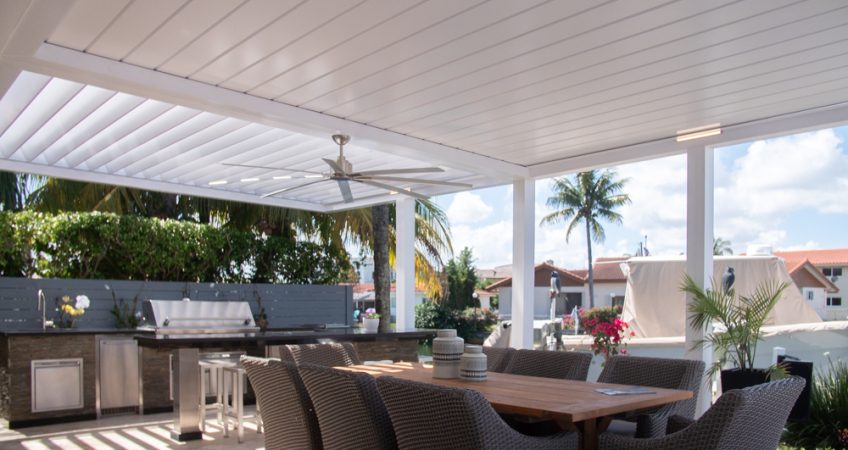When it comes to outdoor equipment, a protective cover & enclosure in East Pasadena can be essential for keeping your gear safe and in good condition. Whether you’re protecting your grill, patio furniture, or outdoor electronics, choosing the right enclosure is crucial. Here are some tips for choosing the right protective cover for the outdoors.
The first thing to consider is the type of material used in the cover. Different materials have different properties that can affect their durability, resistance to weather and UV rays, and overall effectiveness. For example, polyester is a common material used in covers because it’s lightweight, breathable, and easy to clean. However, it may not be as durable as other materials and may not offer as much protection from the elements.
Another option is vinyl, which is more durable and resistant to weather and UV rays than polyester. However, vinyl can be heavier and less breathable than polyester, which may be a concern in certain situations. Ultimately, the best material for your needs will depend on the specific equipment you’re trying to protect, as well as the climate and conditions in which you’ll be using the cover.
Next, consider the size and shape of the cover. A cover that’s too small may not provide adequate protection, while a cover that’s too large can be unwieldy and difficult to use. Measure your equipment carefully and choose a cover that fits snugly but not too tightly.
Another important factor to consider is the closure mechanism. A good cover should have a secure closure that keeps it in place, even in windy or stormy conditions. Look for covers with straps, buckles, or drawstrings that can be tightened to keep the cover in place.
When choosing a cover for outdoor electronics or other sensitive equipment, it’s important to consider not just the protection the cover provides from weather, but also from dust and debris. Look for covers with a tight seal or zippered closure to prevent dirt and debris from getting inside.
Finally, consider any additional features that may be important for your specific needs. For example, some covers may have built-in vents to prevent moisture buildup, or reflective strips for increased visibility at night. Others may be designed to be easy to fold or roll up for storage when not in use.
Overall, choosing the right protective cover for the outdoors requires careful consideration of a range of factors, including the material, size and shape, closure mechanism, and additional features. By taking the time to choose the right cover for your equipment, you can ensure that it stays safe and in good condition, even in harsh outdoor conditions.
Covering Your Assets: The Importance of Protective Enclosures

